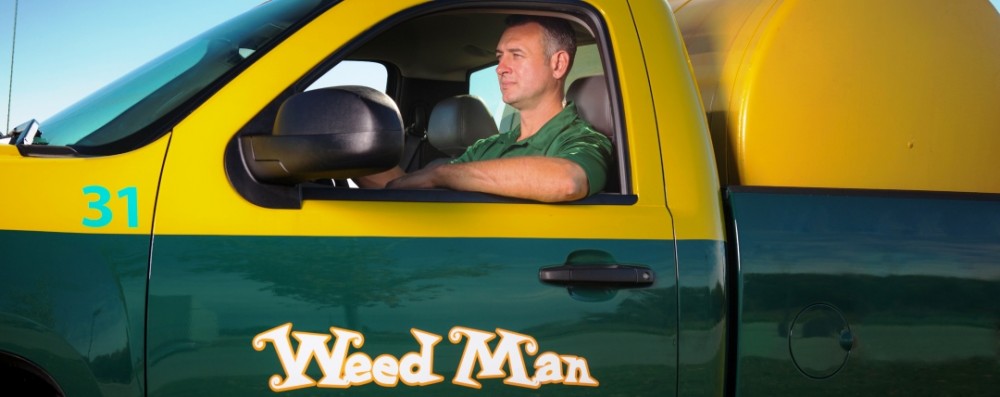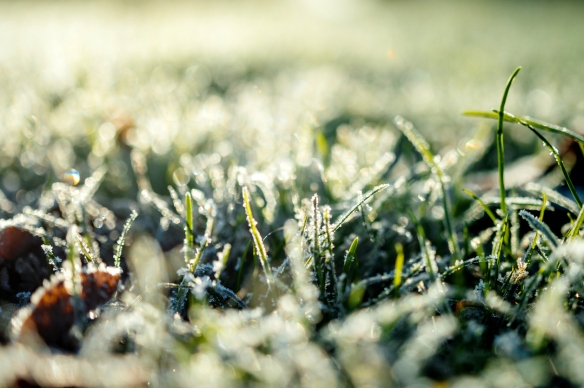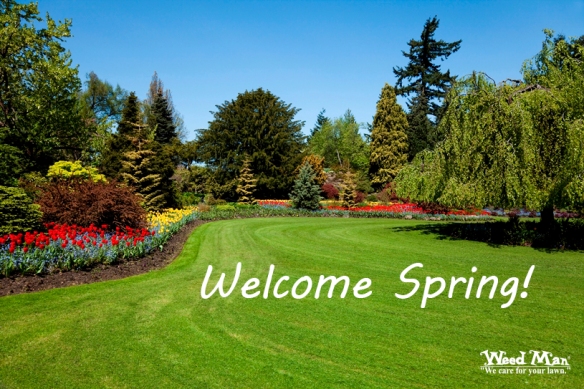Every spring, our Weed Man franchises throughout the US field a fair amount of calls regarding possible Crabgrass infestations in home lawns.
To most homeowners, the thick-bladed grass that they’re noticing in their lawn must be Crabgrass. But since Crabgrass is an annual weed, what they are actually seeing (especially this early on in spring) is not, in fact, Crabgrass. However, in very rare cases, if there was no cold weather in the very southern states, the existing Crabgrass may not have died off.
In most cases, homeowners are misidentifying a weedy grass, such as Tall Fescue or Quackgrass. Both grasses are thick-bladed and look a lot like Crabgrass, so it’s not surprising that they presume that’s what they are seeing grow in their lawn.
Above: Crabgrass in August; Above: Quackgrass in April
Because Crabgrass is an annual, there are things that we can apply in the spring, such as pre-emergent weed control, that will help prevent it from germinating. There are also products that will help control it after it has germinated, although this method is a bit tougher to accomplish. Unfortunately, this is not the case for those weedy grasses like Tall Fescue and Quackgrass. Because these grasses are biologically similar to desired grasses, there really is no way to get rid of them other than digging them out or using a non-selective herbicide and re-sodding the area.
One other thing to keep in mind is that the germination of Crabgrass can vary, often starting in a sunny location, a full month ahead of other parts of the lawn that may be more shaded. A good way to know when Crabgrass is about to germinate is to use an indicator plant, such as the Forsythia Bush. Keep an eye out for when the Forsythia Bush starts to flower, as this is a good indication that Crabgrass could be starting to germinate. However, in my opinion, the best way to tell is once you see the farmers in the fields planting their corn crops. This means the soil temperatures are just right and you can bet that the Crabgrass is going to be germinating as well.
If you have any questions about your lawn? Weed Man would be happy to help you. Find your local Weed Man using our locator map HERE.
Keep those lawns healthy,
Chris




